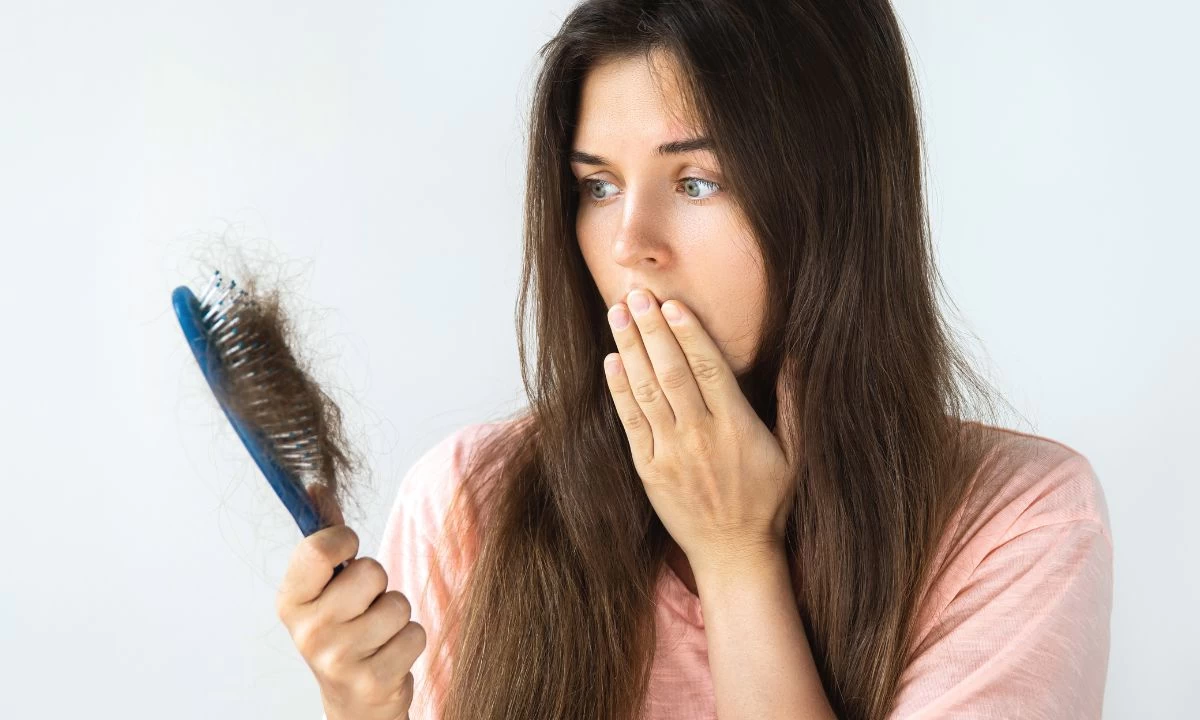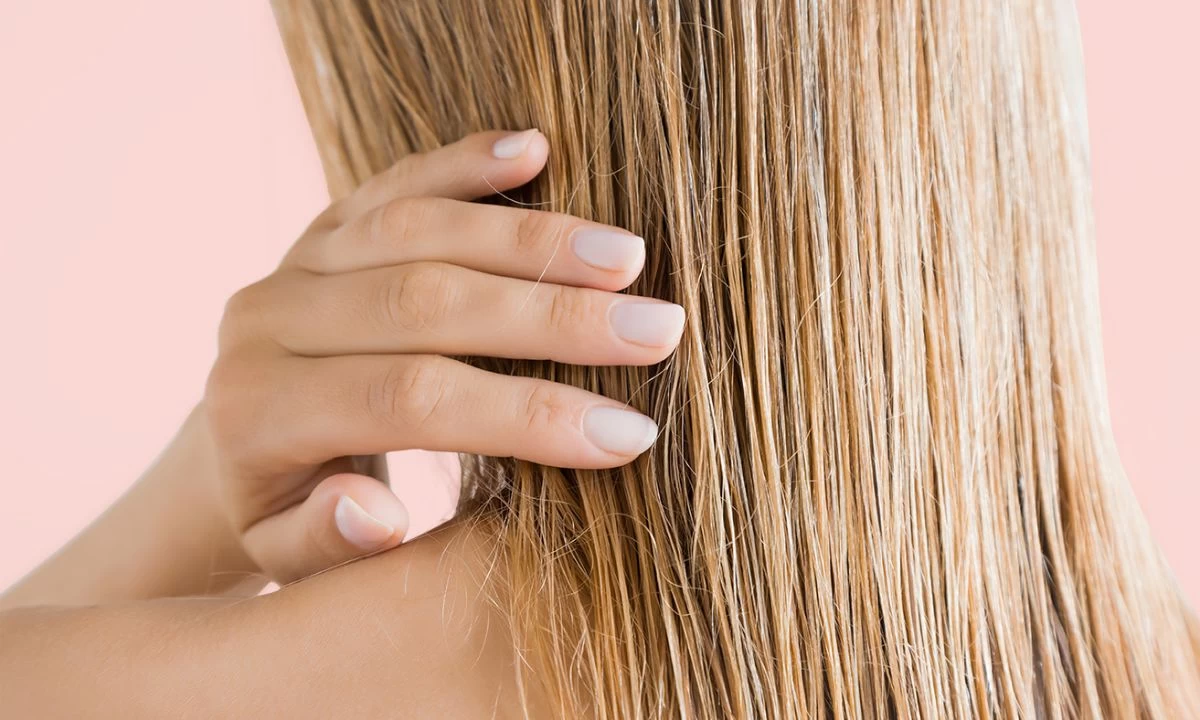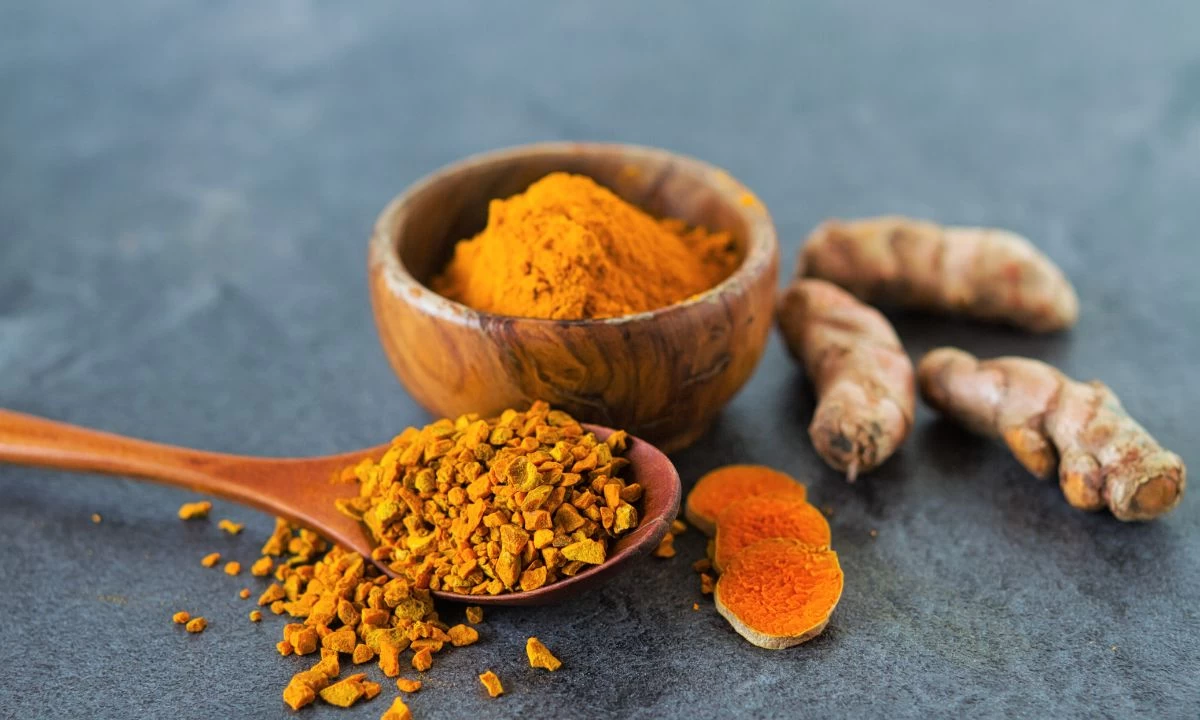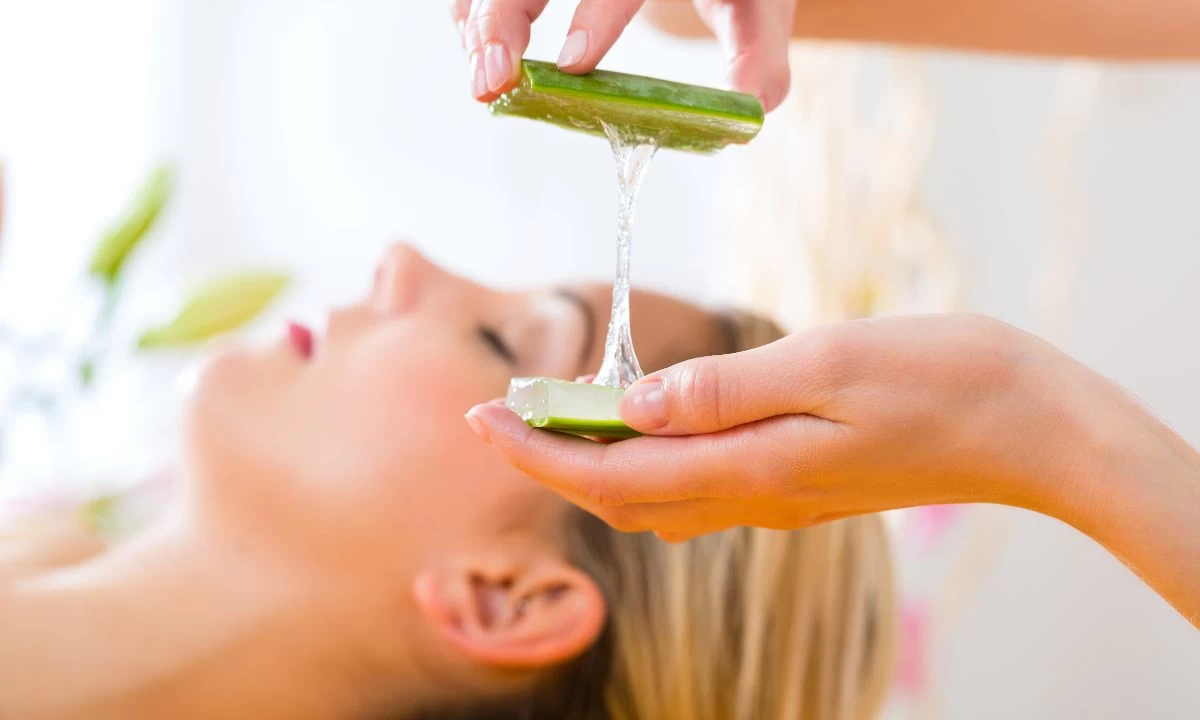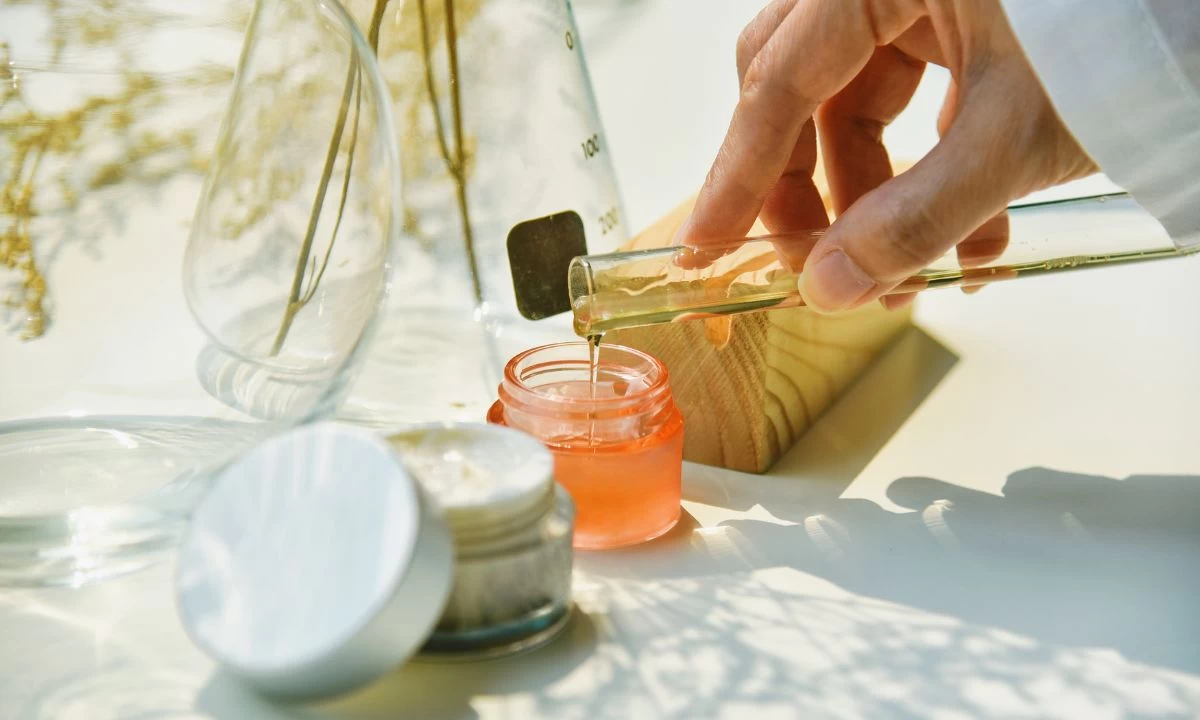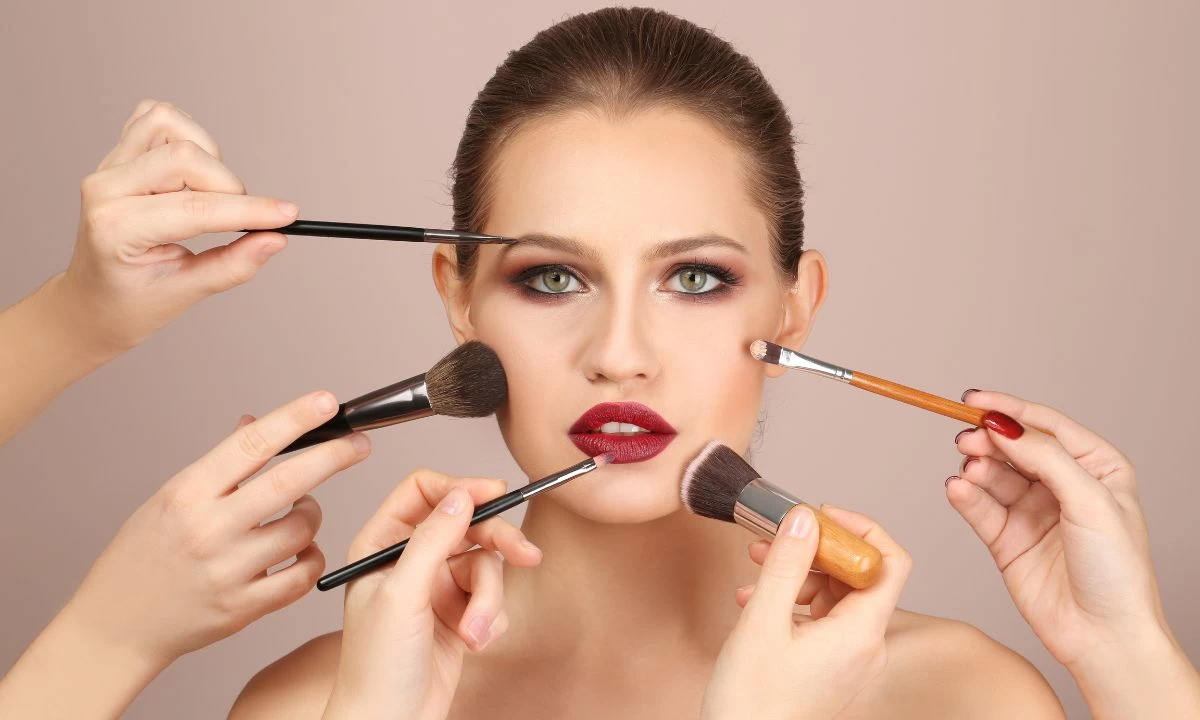What is Hair Tinting?
August 15, 2024
What is Hair Tinting?
Hair tinting is a popular and versatile colouring technique that offers a subtle, fresh look without the long-term commitment of permanent dye. Perfect for those who want to enhance their natural hair colour or try out a new shade temporarily, hair tinting is a gentle yet effective way to experiment with colour. Hair tinting is a semi-permanent or demi-permanent colouring technique that enhances your natural hair colour with subtle tones, offering a fresh look without the commitment of permanent dye.
In this guide, we'll explore what hair tinting is, how it works, and how to choose the right tint for your hair.
What is Hair Tinting?
Hair tinting involves applying a colour that deposits pigments onto the hair shaft without penetrating deeply into the hair cuticle. Unlike traditional hair dye, which permanently alters the hair colour, hair tints are designed to enhance or slightly change the hair’s natural shade. This method is ideal for those looking to add dimension, cover grey hairs, or achieve a softer look.
How Does Hair Tinting Work?
Hair tinting is a popular method for adding colour to your hair without the long-term commitment of permanent dye, making it a preferred choice in many hair salons. The process begins with the application of a semi-permanent or demi-permanent formula that coats the hair shaft with colour. Unlike permanent dyes, which use smaller colour molecules that penetrate deep into the hair cuticle and bond with the hair’s natural pigment, hair tints use larger molecules that adhere to the outer layer of the hair shaft.
Because the colour molecules in hair tints are larger, they do not penetrate the hair’s cortex deeply. Instead, they form a coating around the hair shaft, which allows the colour to gradually fade with each wash. This makes hair tinting a gentler option, particularly for those who want to change or enhance their hair colour without the potential damage associated with more permanent colouring methods.
The result of hair tinting is a softer, more natural look that enhances your existing hair colour or adds subtle shades of colour. It’s an excellent choice for individuals who want to experiment with different colours, blend in grey hairs, or add depth and shine to their hair without making a permanent change.
Can Hair Tint Cause Hair Loss?
Hair tinting, when performed correctly, is generally safe and does not directly cause hair loss. However, there are several factors to consider to ensure your hair remains healthy during and after the tinting process:
Frequency of Tinting: Regular or overly frequent tinting can lead to cumulative damage, particularly if you use products with harsh chemicals. Repeated exposure can weaken the hair shaft, leading to breakage, split ends, and thinning over time.
Quality of Products: The safety and effectiveness of hair tinting largely depend on the quality of the products used. High-quality, professionally formulated tints are designed to minimize damage and nourish the hair while adding colour. On the other hand, lower-quality products may contain harsh chemicals, such as peroxide, that can dry out or weaken the hair.
Chemical Ingredients: While semi-permanent and demi-permanent tints are generally milder than permanent dyes, some still contain chemicals that can be harsh on the hair, especially if left on for too long or applied too frequently. It’s important to choose products that are free from ammonia, parabens, and other harsh chemicals.
Hair Condition: The health of your hair before tinting also plays a crucial role. Hair that is already damaged or weakened from heat styling, chemical treatments, or environmental factors may be more susceptible to damage from tinting. It’s advisable to condition and strengthen your hair before applying any colour treatment.
Aftercare: Proper aftercare is essential to maintaining the health of tinted hair. Using sulfate-free shampoos, regular deep conditioning treatments, and protecting your hair from heat and UV rays can help prevent damage and keep your hair looking vibrant.
Choosing the Right Hair Colours & Hairstyles
Selecting the ideal hair tint involves understanding how different colours interact with your natural features and style preferences, which can significantly impact how you make your hair look. Your natural hair colour plays a significant role in how a new tint will appear. If you have a lighter base, lighter tints or pastel shades may blend seamlessly and appear more vibrant. Conversely, if you have darker hair, richer or more intense colours will stand out better. Your skin tone also impacts how well certain colours complement you—warmer tones generally suit earthy colours like copper and auburn, while cooler tones often look great with shades like ash blonde or deep violet. Lastly, consider your style and lifestyle; whether you prefer a bold, adventurous look or a more subtle enhancement, choosing a tint that matches your personality will ensure you feel confident and satisfied with the result.
Types of Hair Tints
Semi-Permanent Hair Tints
Semi-permanent tints are an excellent option for those who like to change their hair colour frequently or want to test a new look without a long-term commitment, as they allow you to lighten your hair temporarily. These tints deposit colour onto the hair’s surface and gradually fade over time, usually within 4 to 6 weeks. They are typically less damaging than other types of hair dye because they don’t penetrate the hair shaft as deeply, making them a safer choice for your scalp. This type of tint is ideal for adding a temporary burst of colour or enhancing your natural hue.Demi-Permanent Hair Tints
Demi-permanent tints are known for their ability to provide more significant colour changes than semi-permanent options. They last up to 8 weeks and are designed to penetrate the hair shaft more deeply, providing richer and more lasting colour. This type is suitable for covering greys or adding depth and intensity to your natural colour. Demi-permanent tints are a good middle ground if you want a more durable colour change without the commitment of permanent dye.Permanent Hair Tints
Permanent tints offer the most dramatic and long-lasting change. They work by penetrating the hair shaft and altering the natural colour permanently until new hair grows. This type of tint is best for those looking for a significant and enduring colour transformation. The chemical process involved can be more damaging to hair, so it’s important to use high-quality products and provide extra care to maintain the health and strength of your hair. Permanent tints are ideal for creating a completely new look or covering stubborn greys.
Maintaining Your Tinted Hair
Maintaining the vibrancy and health of tinted hair requires more than just regular washing; it involves a dedicated care regimen to ensure your colour stays true and your hair remains healthy. To prevent premature fading, use shampoos and conditioners designed specifically for colour-treated hair. These products are formulated with ingredients that help lock in the dye and protect the colour from washing out. Look for sulfate-free products, as sulfates can strip away colour and moisture, leading to faster fading.
Regular deep conditioning treatments are also crucial. Tinting processes can strip moisture from the hair, leaving it dry and brittle. Deep conditioners penetrate the hair shaft more deeply than regular conditioners, helping to replenish lost moisture and restore softness. Applying a deep conditioning mask infused with keratin once a week or as needed can help combat dryness and keep your hair hydrated.
Additionally, be mindful of environmental factors that can affect your tinted hair. Excessive sun exposure can cause the colour to fade more quickly, while chlorine from swimming pools can alter the hue and lead to discolouration. To protect your hair, wear a hat or use UV-protectant hair products when exposed to the sun. If swimming, use a swim cap or rinse your hair with fresh water before and after swimming to minimize chlorine absorption.
Is Hair Dye Harmful?
Hair dyeing, including tinting, involves the use of chemicals that can impact hair health. Although tinting is generally less damaging than permanent dyeing, it still involves chemical processes that can weaken hair over time. Regular use of hair dye can lead to issues such as dryness, breakage, and split ends.
To minimize potential harm, choose high-quality hair care products that are gentle and designed for colour-treated hair. These products help maintain the integrity of your hair while supporting its health. Avoid over-dyeing your hair or using harsh chemicals that can further damage your strands. It's also important to follow a consistent hair care routine that includes regular conditioning and moisturizing treatments.
Listening to your hair’s needs is crucial. If you notice signs of damage such as excessive dryness or breakage, adjust your hair care routine accordingly. This might involve increasing the frequency of conditioning treatments or reducing the use of heat styling tools. Taking proactive steps to care for your hair will help maintain its strength and shine.
Post-Tint Treatments
After applying a hair tint, incorporating specific treatments into your hair care routine can greatly benefit the longevity and appearance of your colour. Colour-protecting masks and leave-in conditioners are excellent for locking in the tint and enhancing its vibrancy. These products are designed to provide additional hydration and nutrients that support the health of your hair.
Colour-protecting masks often contain ingredients that help shield the hair from environmental damage and prevent colour from fading. Leave-in conditioners provide ongoing moisture and protection throughout the day. Regular use of these treatments can help maintain the vibrancy of your hair tint and keep your hair looking fresh and healthy.
Investing in high-quality post-tint care products ensures that your hair colour remains vibrant and your hair remains in top condition. By following these care guidelines, you can enjoy the full benefits of your tint and keep your hair looking beautiful and healthy.
Tips from Professional Hairstylists
Hairstylists recommend regular trims to maintain the health of tinted hair. They also suggest using a wide-toothed comb to detangle wet hair gently, as this can prevent breakage. For those new to hair tinting, it’s always best to consult with a professional to determine the best approach for your hair type and colour goals.
Before You Start Your Hair Journey
Interested in pursuing a career in beauty and haircare? Enhance your skills and knowledge with professional courses from Makeup School Sydney:
Hair tinting offers a versatile way to refresh your look, add dimension, and experiment with new colours without the commitment of permanent dye. By understanding how hair tinting works and choosing the right products, you can achieve a stunning and natural result that enhances your beauty.
Start Your Beauty Potential with Makeup School Sydney.
FAQ
Is it safe to colour your hair?
Answer: Many people may use hair colouring without any issues. However, some people may develop skin irritation or an allergic response to the colour. "Most skin irritation or allergic reactions from hair dyes are due to interaction with PPD," explains Jody A. Levine, MD, a dermatologist in New York City.
Does tint influence hair care?
Answer: Hair dye does not prevent or inhibit hair growth, but it can induce hair loss by harming the colour-treated hair. Chemicals in hair colouring may cause some of the damage.
Does tint conceal grey hair?
Answer: Unfortunately, grey hair cannot be covered with a pure shade. Tints simply stick to the surface of the hair. This implies that the tint does not permeate the inside of the hair, unlike permanent hair colour, and no dyes are formed.
Does tint damage good hair?
Answer: Hair dyes offer colour to hair strands, but they can also cause hair damage, such as loss of strength and thickness, among other adverse effects. We've all heard horror stories about hair colour causing breakage, dryness, and other indicators of damage.
Can I wash my hair after tinting?
Answer: If you wash your hair right after dying it, the colour may not completely set or reach the hair shaft, resulting in a fading or uneven hue. It is normally suggested that you wait at least 24-48 hours after dyeing your hair before washing it to ensure the colour has fully set.
Is hair color painful?
Answer: Dyeing or bleaching your hair may cause tingling, itching, or burning sensations. These are modest indications of a chemical irritation that, if left untreated, can evolve into a chemical burn, causing damage to the hair, follicles, and skin.


